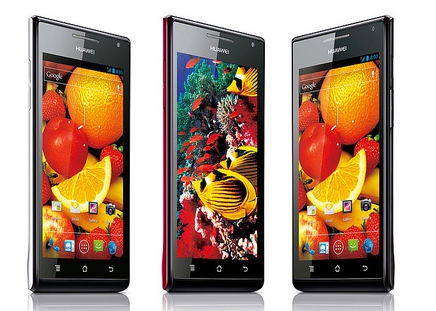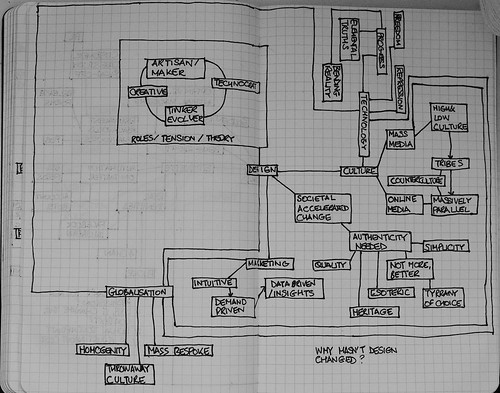The future of divergence has been bubbling along for a while. I was chatting to my friend Ian over lunch putting the technological world to right over the hour or so that we had. That coalesced some of the ideas that I have been thinking about for a while and posted about in fragments on this blog at different times and has coalesced in this post: the future is divergence.
So what about the future is divergence?
I’d like to think of it as an executive summary for the attention deficit disorder generation who have been brought up on MTV, online instant gratification and the shallow intellectual depths of strategy by PowerPoint presentation. I guess if I was going for accuracy rather than a snappy headline it would be something like: the future of consumer electronics is likely to be context-dependent divergence rather than the convergence strategies that they have pursued: mostly unsuccessfully.
Why?
First of all let’s think about convergence the way it is manifested currently. For the past decade and a half we’ve seen the internet pervade more aspects of everyday life. It is handy to have the same network protocols being used connecting everything together, its what happens when they are connected is what matters.
If we look at different devices we can see a an evolution of products until one fires the imagination and things kick off. For instance mobile email went through a number of iterations before coming a ubiquitous consumer product. Mobile email started in the mid-1980s with the Ericsson Mobitex network which allowed for two-way paging across a reliable narrowband digital data network. it is still used for breakdown services in the UK and by emergency services in North America. Research In Motion (RIM) made its first BlackBerry handset for the Mobitex network in the late-1990s
It took another two decades for mobile email to become ubiquitous. I have been using mobile email since 2002, firstly on a Nokia 6600 and currently on an Apple iPhone. But what has happened is that I have two mobile devices. My phone which is a Samsung feature phone which does my calls and has a week long battery life and my iPhone which handles, text stuff like email, my calendar and address book. My usage hasn’t converged into one device as the iPhone’s battery life and call quality isn’t good enough.
Mobile email hasn’t made me give up my desktop email either, I prefer to do long form emails on my laptop at home simply because the writing experience on the iPhone is inferior. Instead of convergence this is an exhibit of divergent devices based on user context.
I suspect that the phone as a phone factor maybe around for a good while yet; particularly when you look at the utility that people find with Apple’s Siri service or the Vertu concierge service; both of which are often simpler to use than an application or firing up a web browser.
This divergence of context is one of the reasons why I am skeptical about so-called smart televisions. Our homes are filled with screens that delivers content. The mobile phone is most often used in the home within reach of a wired telephone. Tablets are often used to access the internet whilst watching television. There is a reason why this works currently. I can pick up or put down the internet and have an immersive experience on the television screen; the consumer electronics manufacturers hope that I will soon enjoy this not just in high definition but with 4K (the same standard as many digital cinema set-ups).So why would I want this screen with modules telling me about the latest happenings on Facebook or Twitter a la Pop-up Video? It makes absolutely no sense, yet this is the vision that consumer electronics companies and Google want you to buy into.
Granted in certain circumstances information presentation of this type can be useful; in particular news television a la CNBC, Bloomberg TV and CNN; but most TVs are more likely to be sold on entertainment and sports.
The thing was consumer electronics manufacturers like Sony had divergence and frittered it away. The Walkman, Discman, Trinitron televisions, Dream Machine alarm clocks, the ES range of hi-fi separates – all were divergent devices based on user context. Digital didn’t change that, it changed the connectedness of devices and convenience of receiving media. Strategists at the major Japanese electronics manufacturers got blinded by the technology rather than how consumers use products – even Steve Jobs got it wrong on occasion. More on Sony here.

